Archive News - 2023

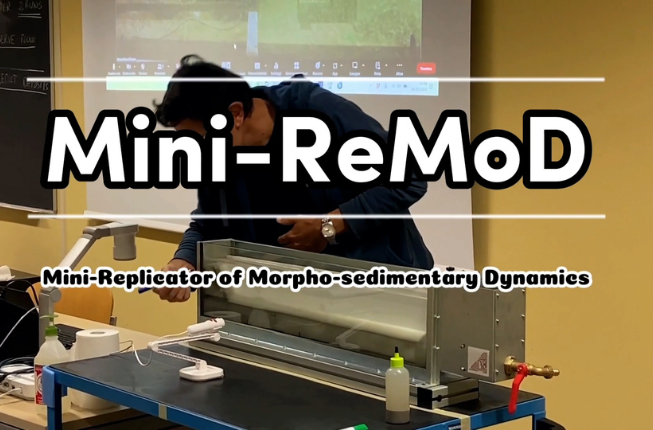 | Teaching sedimentology with analogue models Let’s find out more about a tool, recently arrived in our Department, that allows to observe different morpho-sedimentary processes. | |
 | Geology & Planetary Mapping Winter School - 2024 From 22 to 26 January 2024 and asynchronously on the Streavent platform for the following month (February 2024). The school is focused on the production of planetary geological maps of a range of Solar System bodies | |
 | Geology and sustainable development in the classical Karst The Department of Geoscience is a partner of a strategic project in the Italia-Slovenija Interreg programme. | |
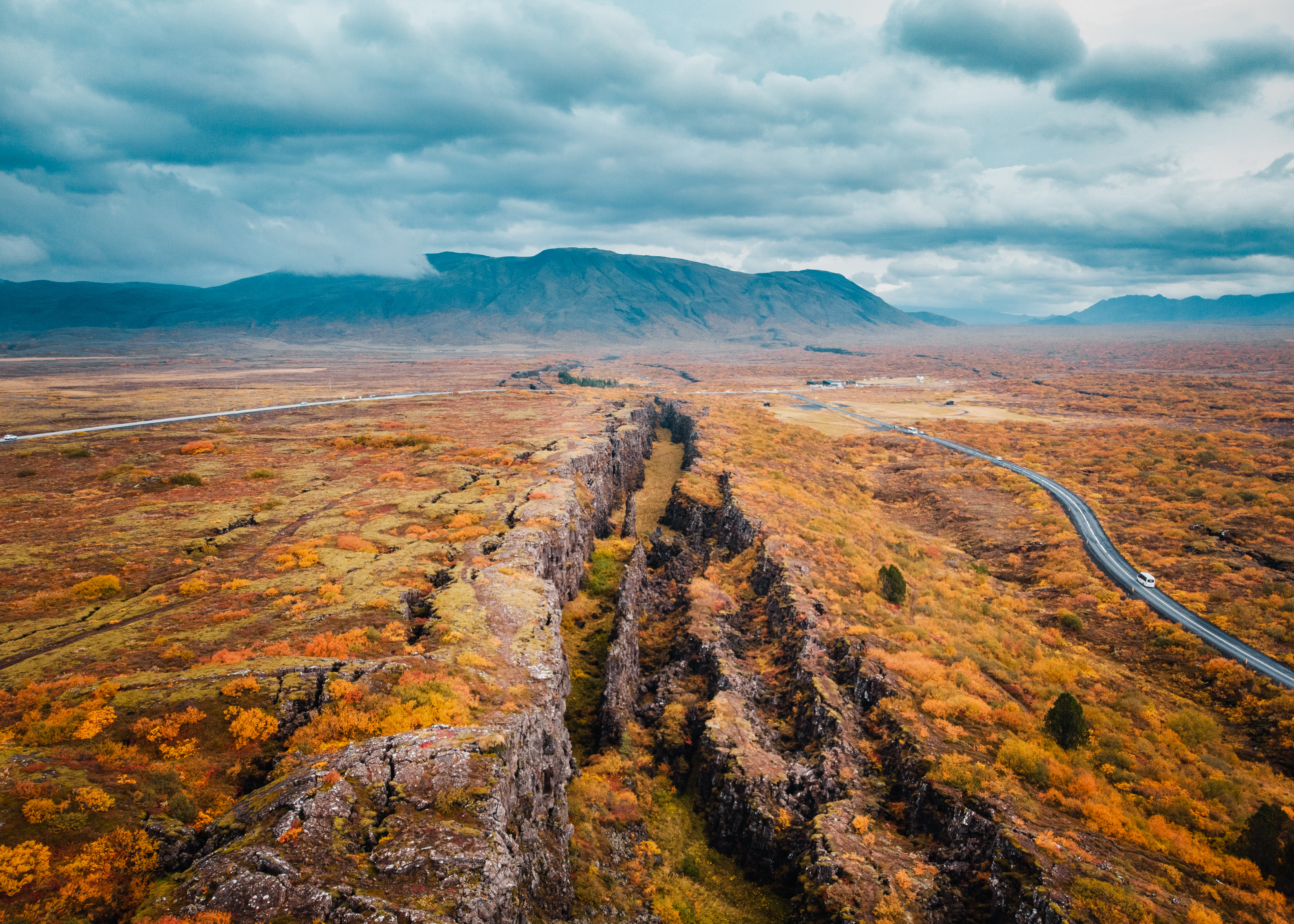 | Here the calendar of the seminars and workshops | |
 | In Valle Aurina (South Tirol) to study deformation structures Using drones and photogrammetry programmes it is possible to obtain highly detailed three-dimensional models of the structures | |
 | Venice Lagoon: the strong erosive effects attributed to anthropogenic processes In the 7th (and last) episode of the mini-series dedicated to the Venice Lagoon we’ll be finding out more about the connection between anthropogenic interventions and morphological degradation of this unique environment | |
 | Ten researchers from the Department of Geosciences among “The world’s 2% top scientists” The list was published by Elsevier and it is based upon the fourth study led by Stanford University | |
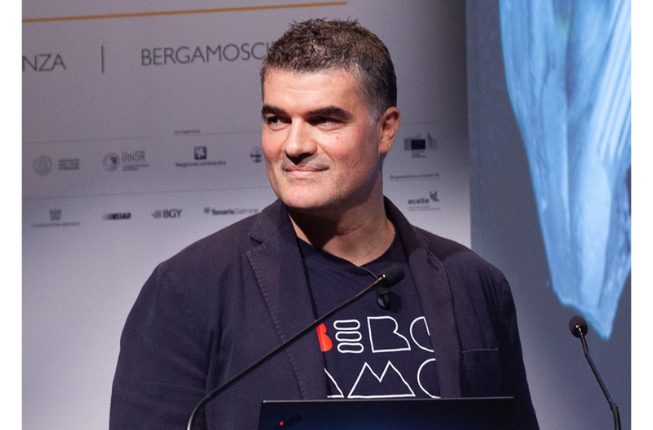 | Prof. Fabrizio Nestola was awarded the Dana Medal 2024 The Dana Medal of the Mineralogical Society of America is one of the most important international award in this research focus and it is dedicated to scientists in the midst of their career | |
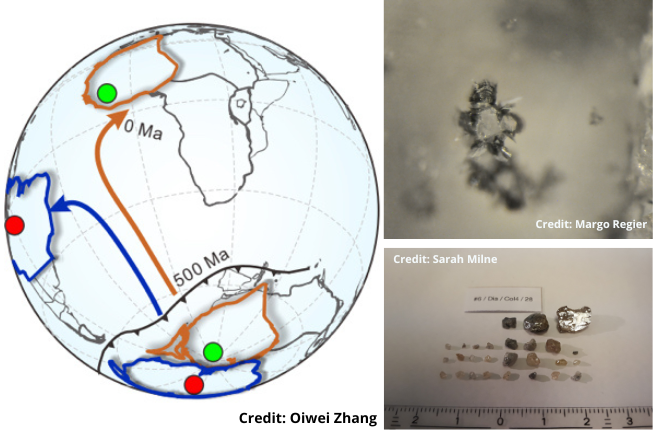 | Deep diamonds shed light on how supercontinents move An international study, in which also Prof. Fabrizio Nestola participated, led to new findings on the evolution of the supercontinent Gondwana, through the analysis of two deep diamonds. The results were just published in Nature | |
 | Francesca da Porto is among the members of the National Commission for Major Risks da Porto is Full Professor at the Department of Geosciences and she has been selected for the area related to seismic risk | |
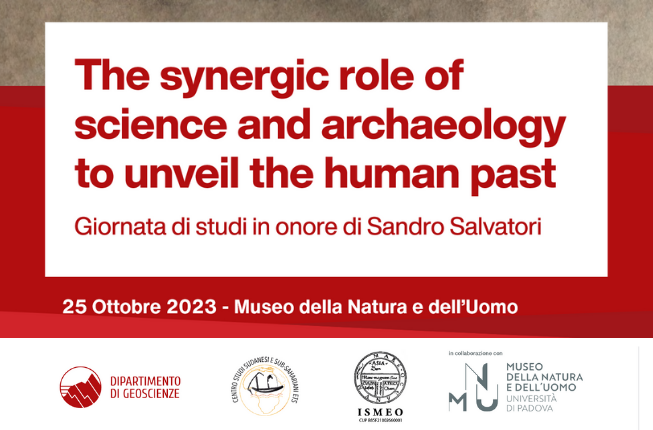 | At the Nature and Humankind Museum a study day in honor of the archaeologist Sandro Salvatori The event will offer an insight on the excavations at the prehistoric site of Al Khiday, in Central Sudan | |
 | IUCr 2023: world crystallographers meet in Melbourne The 26th Congress and General Assembly of the International Union of Crystallography took place in Melbourne on 22-29 August 2023. The participation of Italian scientists was significant, exploring the International crystallographic activities and presenting the next ECM 34 that will be held in Padua | |
 | The Department of Geosciences welcomes all freshmen. After the welcome meeting dedicated to Bachelor's degree students, the programme continues on 3 October and on 4 October with the Master's degree courses | |
 | Virtual exhibition dedicated to Achille De Zigno (1813-1892) Through a selection of printed works, unpublished manuscripts, archive documents and fossils, the exhibition leads the visitor to highlight the scientific profile of the well-known geologist, palaeontologist and political figure | |
 | Lunar bases with 3D printing and "local" materials: the GLAMS project The project, funded by the Italian Space Agency, is led by Prof. Luca Valentini (Department of Geosciences) and aims at formulating cement binders using lunar regoliths for the building of lunar bases. | |
 | The role of physical state of water in the nucleation phase of an earthquake A study just published in Nature Communications shed light, through laboratory experiments, on how the change of physical state of water can affect the behavior of rocks, in conditions similar to those characterizing high-enthalpy geothermal systems. | |
 | Venice Lagoon: the tidal flats The new episode of the mini-series on the Venice Lagoon is dedicated to tidal flats, another important geomorphological structure that characterizes this environment | |
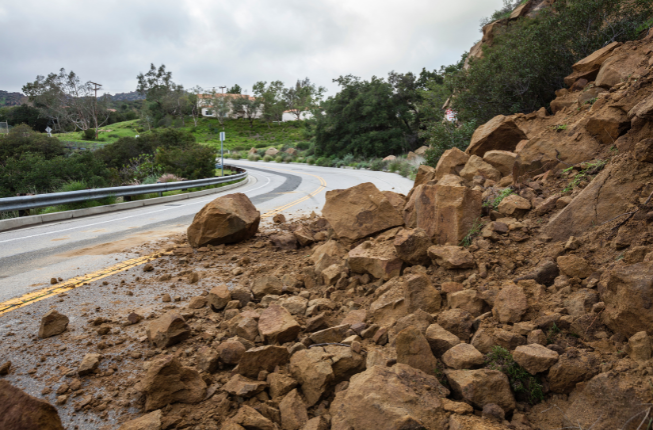 | The role of artificial intelligence in the forecasting of future landslide evolution A study, recently published in Landslides, tested the efficacy of seven deep learning techniques for predicting landslide displacement. Interview with Lorenzo Nava, PhD student of the Department of Geosciences and main author of the research | |
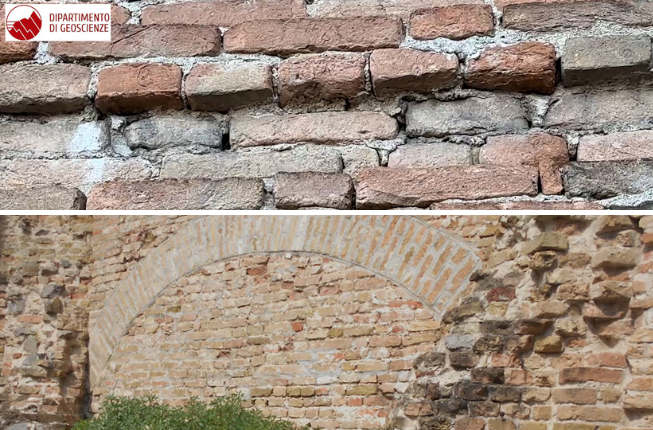 | Historical bricks of Padua: better under the wet The European project CLAYONRISK, led by Elena Mercedes Pérez Monserrat, aimed at investigating the main factors that are involved in the conservation of historical bricks of Padua | |
 | Enlightening long-standing enigmas in crustal petrology: the HOT ANTARCTICA project A study, led by Bruna Borges Carvalho of the Department of Geosciences and funded by PNRA, provided a wider view of processes responsible for granite formation. The results were recently published in Geology. | |
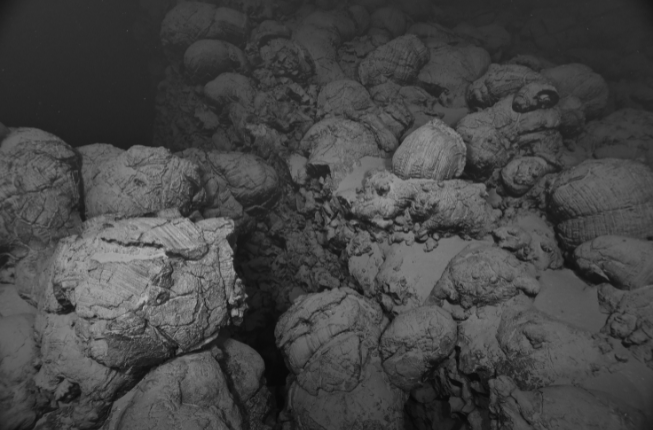 | Using data acquired during an exploration program of the Federal Institute for Geosciences and Natural Resources, Christine Meyzen, University of Padua, and Ulrich Schwarz-Schampera, International Seabed Authority, have tracked changes in direction and motion of plate boundaries circumventing the Rodrigues Triple junction within the Indian Ocean since 8 Ma | |
 | The Opening of the new Nature and Humankind Museum The inauguration will take place on Friday 23 June 2023 in the recently restored Palazzo Cavalli in Padua. The Nature and Humankind Museum will be the biggest university museum in Italy | |
 | Yearbook 2022: the fourth edition of the yearbook of the Department of Geosciences is online Our 2022 through the people and activities that characterized it | |
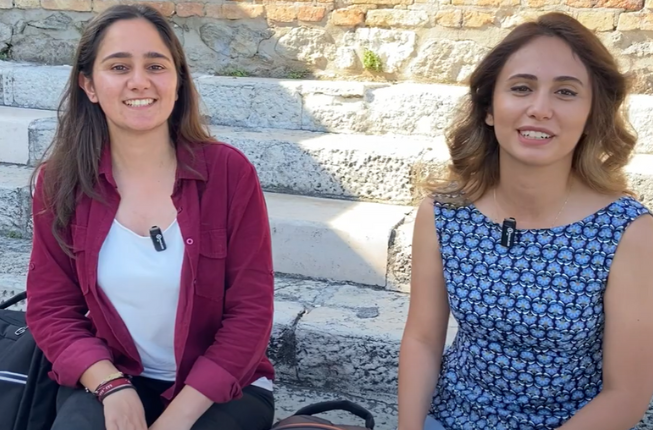 | Melissa’s and Mahla’s experience as students of Earth Dynamics The Master's Degree in Environmental Geology and Earth Dynamics has a Study Track taught in English and it attracts many international students. Let’s find out the journey of Melissa Kozhaya and Mahla Moradi | |
 | Borealis Mud Volcano: a surprising geological finding in the Barents Sea An international team of scientists, led by The Arctic University of Norway, has discovered a mud volcano in the waters of the Barents Sea, at a depth of about 400 metres. The discovery was made as part of the AKMA 3 (Advancing Knowledge of Methane in the Arctic) oceanographic expedition | |
 | International Conference On Fluvial Sedimentology 2023 The 12th edition will be held in Riva del Garda (Northern Italy) from 2 to 7 July. A wide program of scientific sessions, plenary lectures, short courses and field trips has been already defined | |
 | From 27 to 29 June 2023 an international conference about our satellite and the projects of space exploration. The symposium includes the event open to the public “Next Footprints on the Moon” with ESA astronaut Matthias Maurer | |
 | The hill of Udine is completely artificial and was built by humans during the Bronze Age The discovery was achieved thanks to the geoarchaeological analyzes coordinated by Prof. Alessandro Fontana. The research has just been published in the journal Scientifica Reports | |
 | The research group of Newton project recently visited Osservatorio Etneo The activities are expected to enhance the understanding of Mt. Etna, the highest active volcano in Europe | |
 | The photographs of Professor Bernardo Cesare have been chosen for a project jointly organized by the Art & Science Research Center (Beijing) and the Chinese National Geographic | |
 | The story of a month of geochemical field work in Antarctica Recently a team of researchers returned to Antarctica to carry out a new geochemical campaign as part of the SENECA project, in which the Department of Geosciences also participates. Valerio Olivetti tells us more about the experience. | |
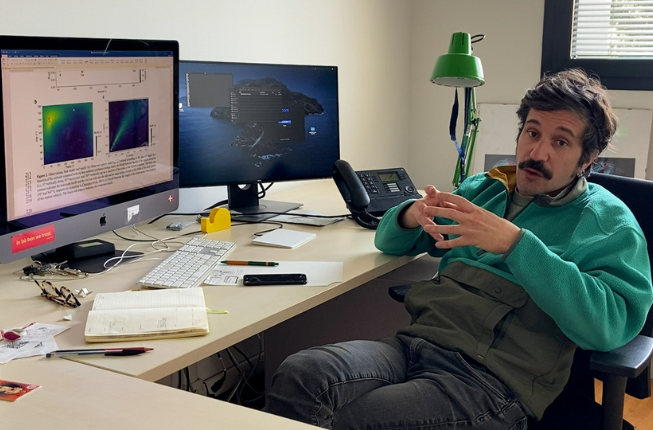 | Sheding light on how an earthquake starts Dr. Piero Poli, researcher of the Department of Geosciences, participated in a study that characterized the rupture initiation of the Mw 6.1 L'Aquila earthquake, occurred in 2009. The paper was recently published in GRL | |
 | Laboratory of X-ray fluorescence spectrometry: one year of analysis with the new instrument Since the arrival of the new instrument, in February 2022, around 500 samples were analyzed covering a wide range of materials, not only of geological interest | |
 | Artisanal and small-scale mining: the role of space data and deep learning models A study led by researchers from the Department of Geosciences has shown that the use of satellite data, analyzed by deep learning protocols, can be the ideal method of mapping small mines | |
 | A new study describes the geology of Lanzarote’s northern region The article was published in Journal of Maps and it provides also a new geological map that highlights the presence of the lava tube of La Corona. Ilaria Tomasi, PhD student of the Department of Geosciences is the main author of the study. | |
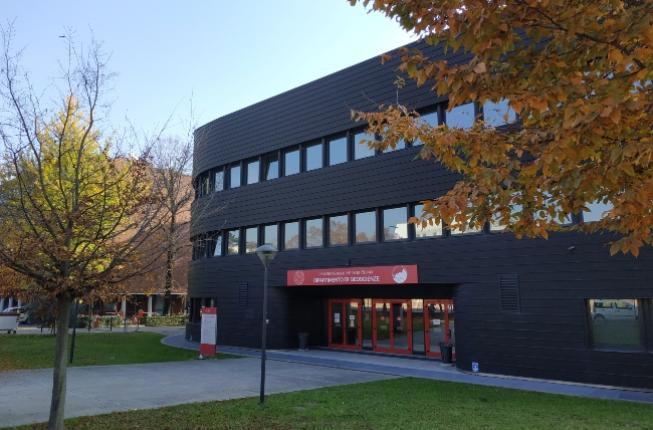 | The University of Padua ranks first in Italy in the field of Geophysics The ranking was created by QS Quacquarelli Symonds and includes 1597 universities in 161 locations around the world | |
 | A research published in Nature Climate Change shows that warmer temperatures change vegetation and water infiltration in Arctic river plains, leading to a slowdown in river lateral mobility | |
 | Analyzing salt marsh soils in laboratory In the fourth episode of our mini-series dedicated to the Venice Lagoon, we’ll be finding out the techniques that allow us to calculate how much carbon is trapped in salt marsh soils | |
 | Field work in Costa Rica: fluvial geomorphology in volcanic environment Sebastian Granados Bolanos, 2nd year PhD student and his supervisor Prof. Nicola Surian, Head of the Department of Geosciences, recently went to Costa Rica for a field work focused on four rivers draining from Irazù and Turrialba volcanos. | |
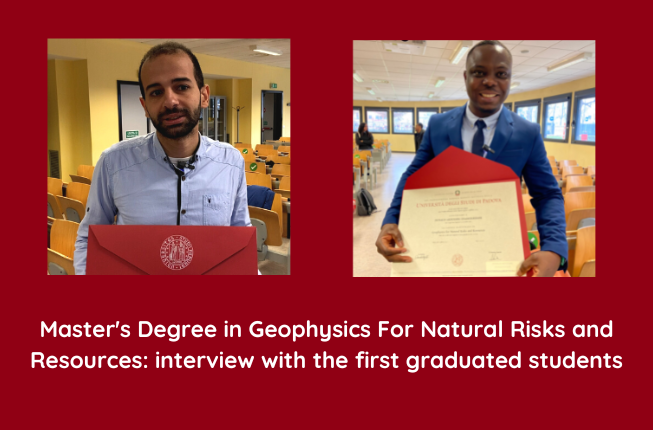 | Master’s Degree in Geophysics: interview with the first graduated students The Master's Degree in Geophysics for Natural Risks and Resources, completely taught in English, was launched in A.A. 2020-2021 | |
 | Microplastics: a new study shed light on how they are trapped within fluvial sediments The research, led by the Department of Geosciences of the University of Padova, analyzed the deposits of the Arno River | |
 | 8th International Day of Women and Girls in Science The updated data on the presence of women in geosciences in Italian universities, presented by Prof. Claudia Agnini, show that there is still a long way to go, especially when analyzing career advancements. The images of our social media campaign. | |
 | Turning astronauts into Moon explorers PANGAEA, ESA's geology training course launched in 2016, has shared the experiences gained so far in a paper published in Acta Astronautica. The Department of Geosciences is involved in the project with Prof. Matteo Massironi and Dr. Riccardo Pozzobon | |
 | The Department of Geosciences is among the Departments of Excellence The Department of Geosciences is among the 11 departments of the University of Padua selected by the MUR. The funding project is called: “The Geosciences for Sustainable Development” | |
 | Venice Lagoon: ecosystem services provided by salt marshes Salt marshes have the ability to sequester carbon at an astonishingly high rate that is up to 50 times that of forests. Their contribution in terms of mitigating the effects of climate change is therefore fundamental but it can be put at risk by the degradation processes | |
 | Geology & Planetary Mapping Winter School - 2023 The school is dedicated to the production of planetary geological maps of the Moon and Mars with particular emphasis to landing sites characterization. From 30 January to 3 February - Online | |
 | Understanding Deep Crustal Processes - Winter School An intensive course on petrologic processes in the deep Earth’s crust, with emphasis on melting in the lower crust, granitoid magmatism, geochemical differentiation and crustal rheology | |
 | Superdeep diamonds: a new study sheds light on the Earth’s interior Prof. Fabrizio Nestola is the main author of an international study, recently published in Nature, which deepens our understanding of the composition of the Earth’s mantle |





